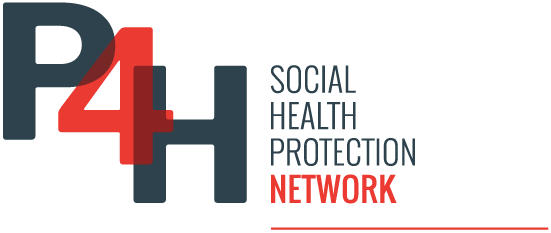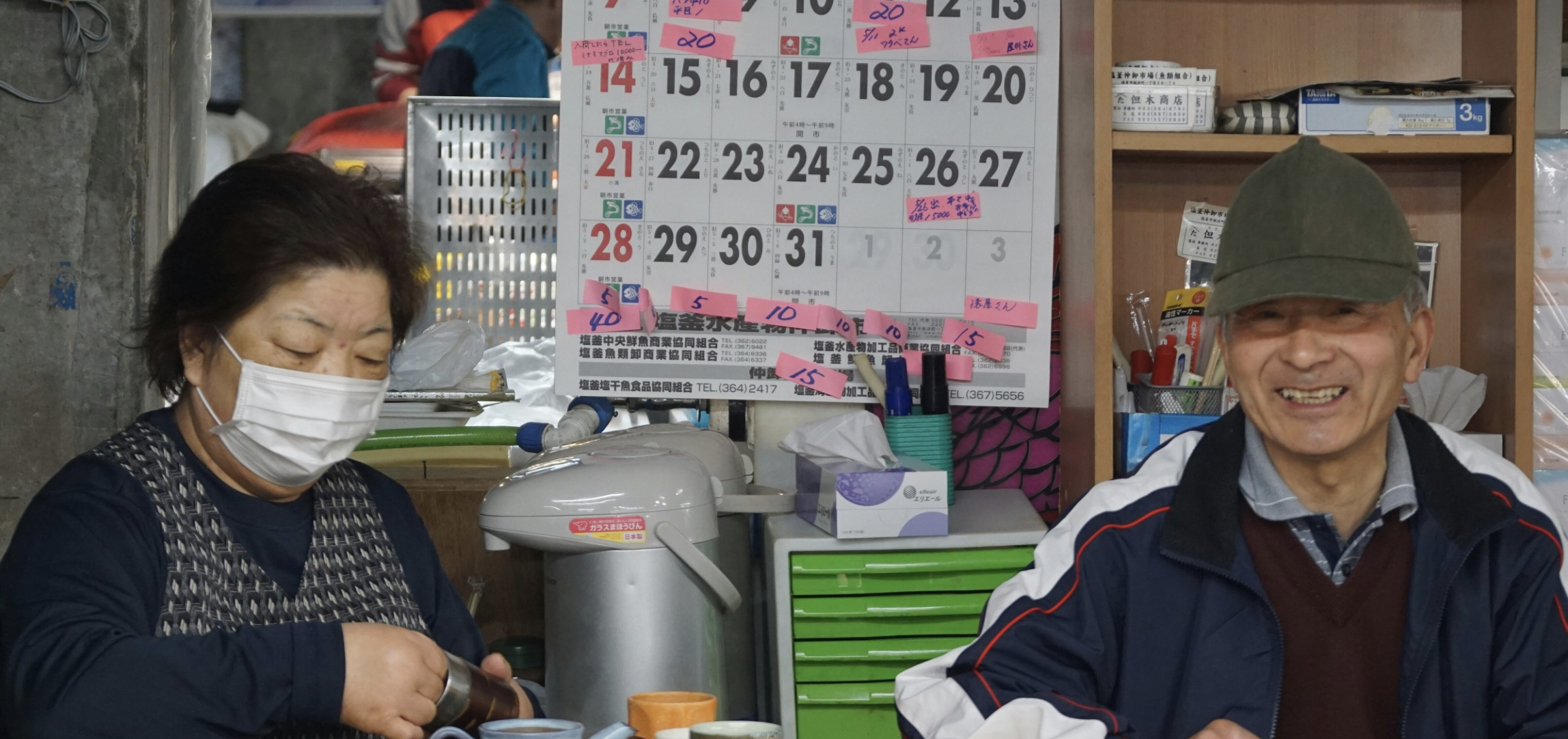Japan’s universal health insurance system, established in 1961, ensures equitable access to healthcare for all citizens, particularly as the country grapples with an aging population and rising healthcare costs. Recent policy updates aim to enhance efficiency and maintain financial stability in the healthcare system while safeguarding access to essential treatments.
As we observe World Health Day, it is crucial to emphasize the importance of equitable access to healthcare, particularly as global populations age. The concept of “healthy longevity,” which refers to living in good health without illnesses or injuries, presents a significant challenge that societies must address to build resilience. Consequently, early disease detection and treatment are paramount, underscoring the necessity for equitable healthcare access.
Japan offers an interesting case study with its universal health insurance system, established in 1961. This system guarantees equal healthcare access to all citizens. Prior to its implementation, approximately 30 million people, representing about one-third of the Japanese population, were uninsured, resulting in unnecessary loss of life due to unaffordable medical costs. Now, individuals contribute premiums based on their income and cover 30% of their medical expenses, ensuring that healthcare is accessible to everyone.
With the world’s fastest-aging population, Japan is navigating a significant demographic shift. The ratio of working-age individuals (20-64 years old) to those aged 65 and older was 5.1 to 1 in 1990; however, projections suggest it will drop to 1.8 to 1 by 2025. This doubling of the elderly population relative to the working-age demographic has increased the demand for advanced treatments and long-term care services.
Consequently, Japan’s national healthcare expenditures have steadily risen; healthcare costs escalated from about JPY30 trillion ($280 million) in 2000 to over JPY46 trillion ($316 million) by 2022. During the same period, the percentage of the national GDP dedicated to healthcare rose from 5.7% to 8.24%. This alarming increase in costs highlights the need for updates to insurance coverage and greater efficiency within the healthcare system. In response, the Japanese government has initiated changes to its healthcare insurance system to ensure continued equitable access to healthcare services.
Noteworthy developments include the introduction of the Data Health Plan and a postponement in raising the cap on the “high-cost medical expense benefit.” Launched in 2013, the Data Health Plan aims to improve healthcare effectiveness by analyzing medical expenses and health check data from insured individuals. By stratifying health risks based on actual data, this plan identifies individuals most likely to benefit from healthcare interventions, thereby enhancing overall healthcare delivery.
In 2018, Japan’s Ministry of Health, Labour and Welfare (MHLW) shifted the primary financial responsibility for national health insurance from municipalities to prefectures. This change addressed the financial stability challenges faced by municipalities due to increasing healthcare costs and population decline. The transition aimed for stable financial management and the provision of improved health services.
Regarding the “high-cost medical expense benefit,” the government decided in March 2025 to postpone raising the cap that limits monthly medical expenses based on individuals’ age and income. This benefit plays a crucial role in preventing significant financial burdens on patients requiring costly treatments like cancer care or rare diseases. Postponing the cap increase protects individuals from losing access to essential treatments amid climbing healthcare expenses.
Moreover, digitization of healthcare operations is alleviating some pressure on services amidst an aging population. Since 2021, the My Number Card has functioned as an electronic identity card and a national health insurance card, storing digital records of prescriptions and health checkups. This centralized information allows healthcare providers to access a patient’s complete medical history efficiently, which is expected to reduce administrative burdens.
Private sector companies like Aly and Ubie are also contributing to healthcare efficiency through technology. Aly provides generative AI services that automate the production of medical documents, such as discharge summaries, thereby simplifying administrative processes and lessening healthcare workers’ burdens. Similarly, Ubie offers AI-driven pre-consultation services that enhance efficiency for both patients and healthcare providers.
In summary, Japan’s approach to maintaining equitable access to healthcare amid significant demographic changes involves adapting its healthcare insurance policies, embracing technological advancements, and ensuring financial stability in its healthcare system. As the nation continues to face the challenges posed by an aging population, these efforts are crucial for delivering effective, accessible healthcare to all citizens.



